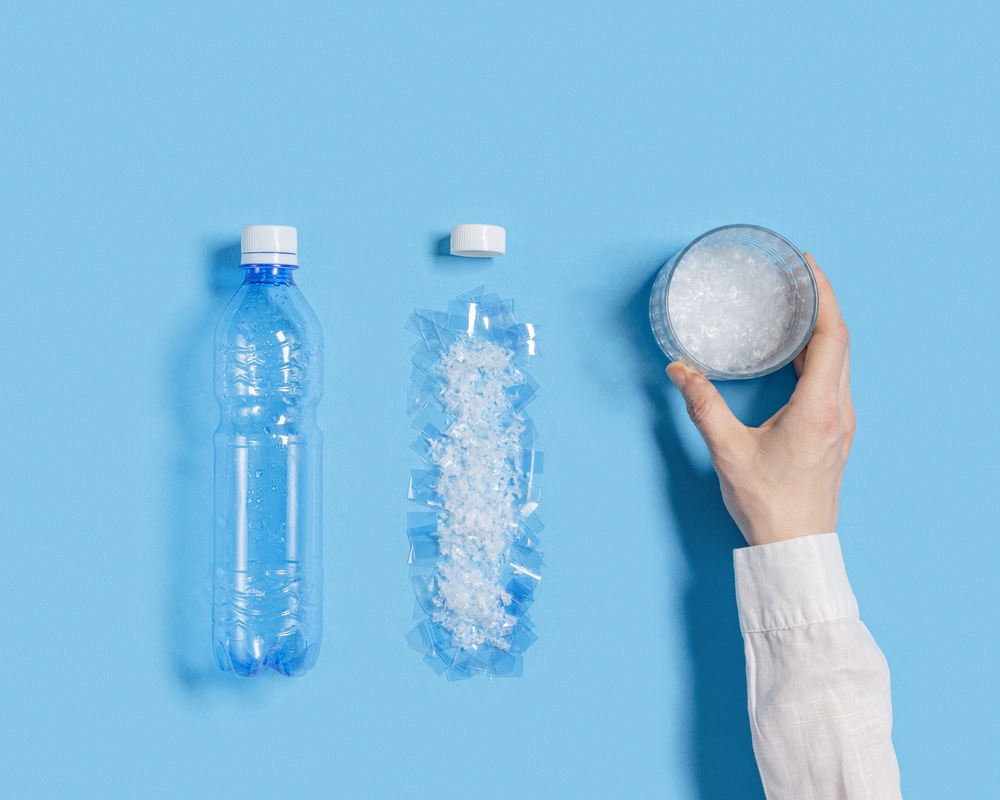Our Brains Are Soaking Up Microplastics More Than Other Organs
Posted on Categories Discover Magazine

People quite literally have plastic on their brain — or, more accurately, in it. A new study detected microplastics in human brains at much higher concentrations than in other organs.
Microplastics are tiny pieces of broken-down polymers. They are building up in the air, water, and soil. They have also been detected in human livers, kidneys, placentas, and testes.
However, their accumulation in the brain appears to be increasing much faster and at higher concentrations than in those other organs, according to the Nature Medicine study.
Growing Microplastic Numbers
That plastic brain buildup has increased 50 percent over the past eight years — a rate that mirrors the growth of plastic waste on this planet.
“This really changes the landscape,” Matthew Campen, University of New Mexico toxicologist and an author of the paper, said in a news release. “It makes it so much more personal.”
The study also noted that much of the plastic pieces in the brain appears to be smaller than previously thought, with some pieces only about two to three times that of a virus.
Read More: What Are Microplastics and How to Tackle Them
Unclear Disease Links
Although the study found that brain tissue from people diagnosed with dementia had up to 10 times as much plastic in their brains as others, the study can’t definitively draw a cause-and-effect pathway. It’s possible the pieces accumulate as the disease progresses.
The researchers analyzed brain tissue samples donated by the New Mexico Office of the Medical Investigator. That office must keep tissue from autopsies for seven years before disposing of it. The samples dated back, on average to 2016. Results from these samples were then compared to ones taken from 2024 and was compared with tissue from 2024.
The researchers dissolved the samples in chemicals, then ran the resultant slurry through a centrifuge, which spun out a pellet of undissolved plastic. To discover what kinds, they then heated the pellet, captured the emissions, then separated and measured them by type. The team detected 12 different polymers, with polyethylene the most common. That polymer is often used for packaging and containers, including bottles and cups.
Read More: How Microplastics Sneak Into Our Bodies
Crossing the Blood-Brain Barrier
Although the study didn’t address if or how the plastics affect human health, it opened some possibilities. For instance, the tiniest pieces can cross the blood-brain barrier.
The researchers are also unsure of whether or how medical devices like stents and artificial joints contribute to brain plastic buildup. It’s possible the physical presence of plastics, rather than their chemical properties, could be having an effect on people.
“We start thinking that maybe these plastics obstruct blood flow in capillaries,” Campen said. “There’s the potential that these nanomaterials interfere with the connections between axons in the brain. They could also be a seed for aggregation of proteins involved in dementia. We just don’t know.”
Call to Action
Campen says the results should create attention for the potential role of microplastics in human health. But he acknowledges that many people simply shrug off many environmental concerns. Still, he hopes the graphic nature of the new results will grab peoples’ attention.
“I have yet to encounter a single human being who says, ‘There’s a bunch of plastic in my brain and I’m totally cool with that,’” Campen said.
Article Sources
Our writers at Discovermagazine.com use peer-reviewed studies and high-quality sources for our articles, and our editors review for scientific accuracy and editorial standards. Review the sources used below for this article:
Before joining Discover Magazine, Paul Smaglik spent over 20 years as a science journalist, specializing in U.S. life science policy and global scientific career issues. He began his career in newspapers, but switched to scientific magazines. His work has appeared in publications including Science News, Science, Nature, and Scientific American.